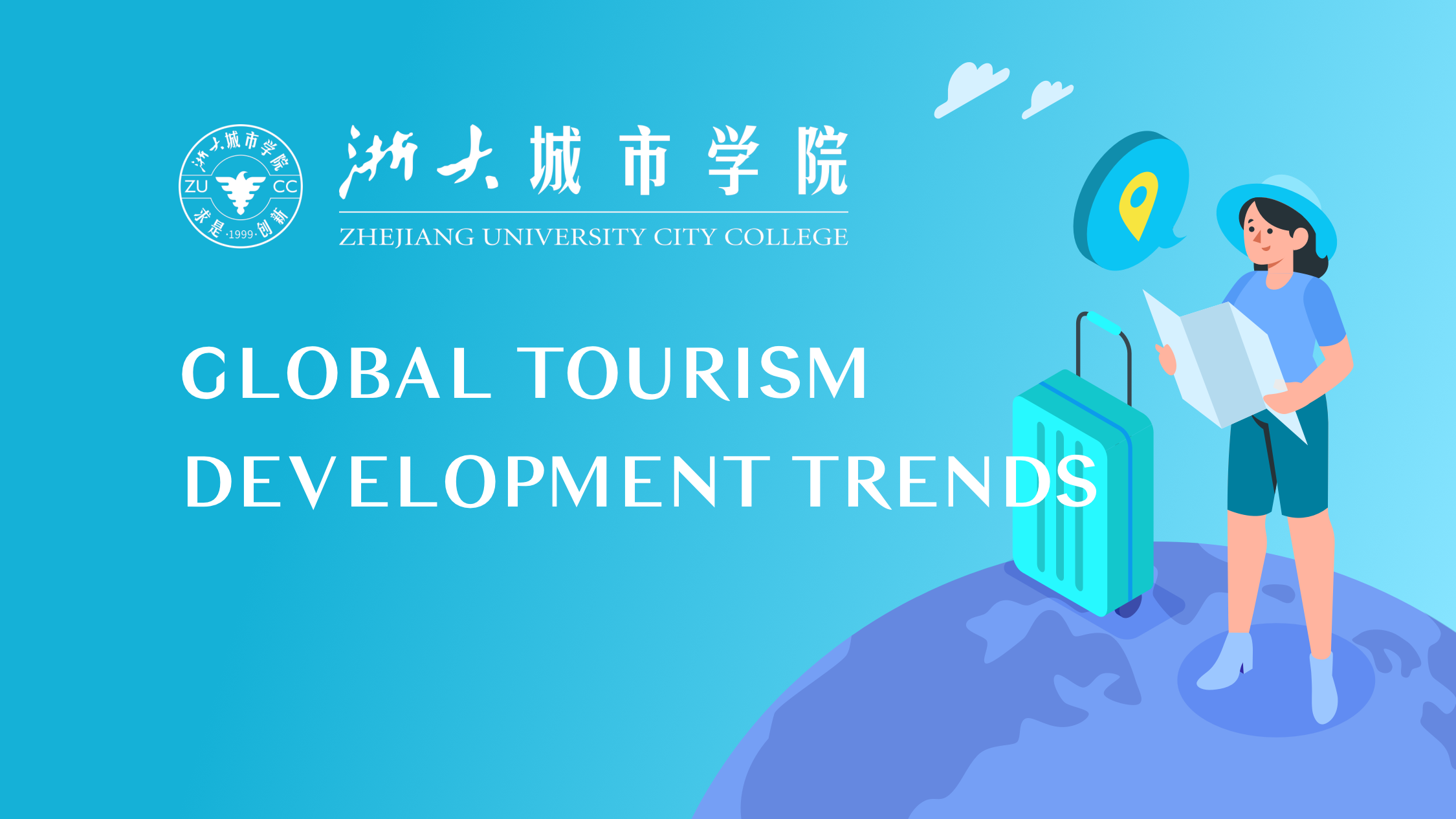

Exploring New Horizons in Tourism Development
Embracing Innovation in Destination Growth:
In the dynamic world of travel and tourism, development is not a static process. It’s a continual journey of innovation and adaptation. Destinations must evolve to meet the changing needs and preferences of travelers while also preserving their unique identity and culture. From eco-friendly initiatives to digital advancements, embracing innovation is essential for sustainable growth.
Strategies for Sustainable Tourism Development:
Sustainability has become a cornerstone of modern tourism development. It’s no longer just about attracting visitors—it’s about preserving natural resources, supporting local communities, and minimizing negative impacts on the environment. Sustainable tourism development strategies focus on striking a balance between economic growth and environmental conservation, ensuring that future generations can continue to enjoy the beauty and diversity of our planet.
Community Empowerment Through Tourism:
Tourism development isn’t just about building hotels and attractions—it’s about empowering local communities and improving quality of life. By involving residents in the decision-making process and creating opportunities for economic participation, tourism can become a force for positive change. Community-based tourism initiatives empower locals to take ownership of their cultural heritage and natural resources, fostering pride and resilience in the face of adversity.
Harnessing Technology for Tourism Advancement:
In today’s digital age, technology plays a crucial role in shaping the future of tourism development. From online booking platforms to virtual reality experiences, technology has revolutionized the way we plan and experience travel. Destination marketers are leveraging data analytics and artificial intelligence to better understand consumer behavior and tailor their offerings to meet evolving demands. Embracing technology allows destinations to stay ahead of the curve and remain competitive in an increasingly digital landscape.
Cultural Preservation and Heritage Tourism:
As destinations strive for growth and development, it’s essential not to overlook the importance of cultural preservation and heritage tourism. Cultural heritage is what sets destinations apart and makes them truly unique. By preserving historic sites, traditions, and cultural practices, destinations can attract visitors seeking authentic experiences while also fostering a sense of pride and identity among locals. Heritage tourism not only drives economic growth but also strengthens social cohesion and mutual understanding.
Adapting to Changing Travel Trends:
The travel landscape is constantly evolving, driven by changing consumer preferences, global events, and technological advancements. Tourism development strategies must be flexible and adaptive to respond to these shifts effectively. Destinations need to stay attuned to emerging trends such as experiential travel, wellness tourism, and sustainable tourism. By anticipating and embracing change, destinations can position themselves as leaders in the ever-evolving tourism industry.
Collaboration and Partnership in Tourism Development:
Successful tourism development requires collaboration and partnership among various stakeholders, including government agencies, private sector businesses, local communities, and non-profit organizations. By working together toward a common goal, stakeholders can leverage their respective strengths and resources to drive positive change. Public-private partnerships are particularly effective in mobilizing investment, sharing expertise, and implementing sustainable development projects that benefit both tourists and residents alike.
Investing in Infrastructure for Tourism Growth:
Infrastructure plays a critical role in supporting tourism development, from transportation networks and accommodation facilities to cultural institutions and recreational amenities. Investing in infrastructure not only enhances the visitor experience but also creates opportunities for economic growth and job creation. Destinations that prioritize infrastructure development are better equipped to attract and accommodate tourists, driving increased visitation and revenue.
Resilience in the Face of Challenges:
The tourism industry is inherently vulnerable to a wide range of risks and challenges, from natural disasters and political instability to economic downturns and global pandemics. Building resilience is essential for destinations to withstand and recover from these disruptions effectively. This includes diversifying tourism offerings, implementing risk management strategies, and fostering a culture of preparedness and adaptability.
Looking Ahead: Navigating the Future of Tourism Development:
As we look to the future, the path of tourism development is fraught with both opportunities and challenges. By embracing innovation, sustainability, and collaboration, destinations can chart a course toward responsible and resilient growth. It’s a journey that requires vision, creativity, and a commitment to balancing economic prosperity with social and environmental responsibility. With careful planning and collective action, we can shape a brighter future for tourism—one that benefits travelers, communities, and the planet alike. Read more about tourism development








